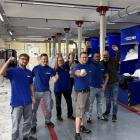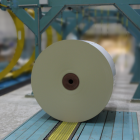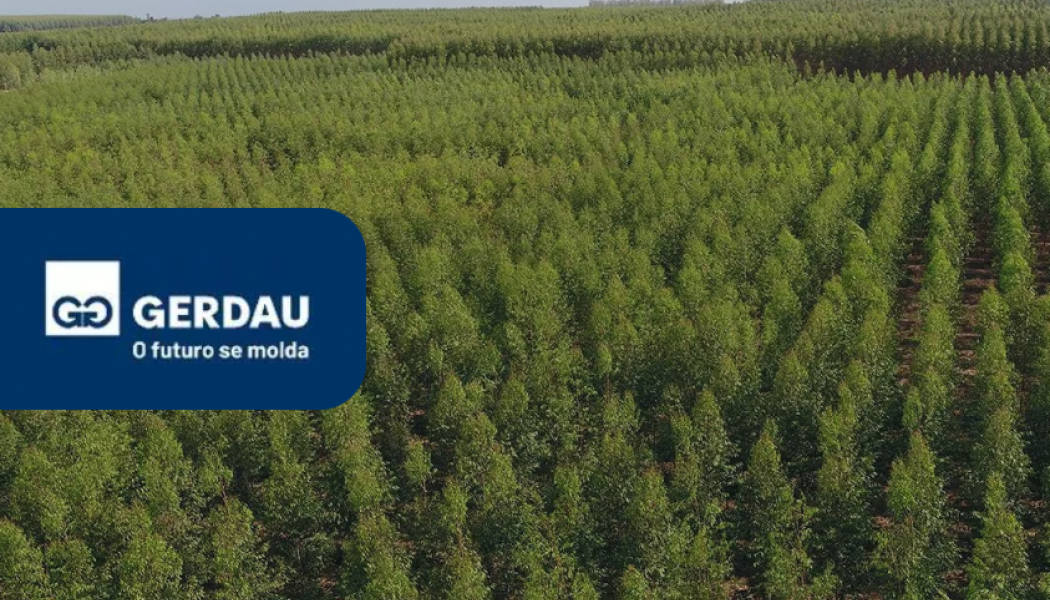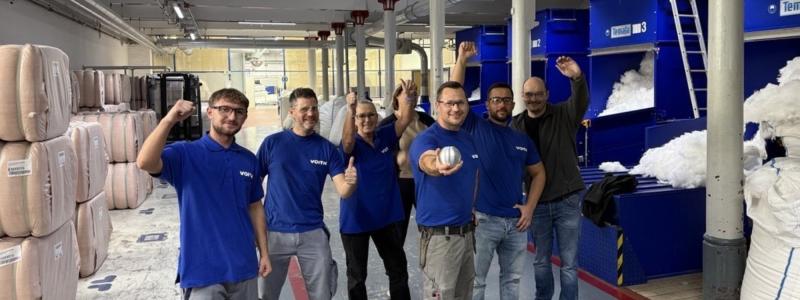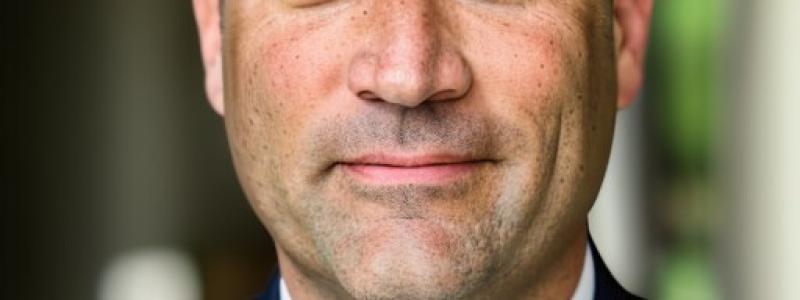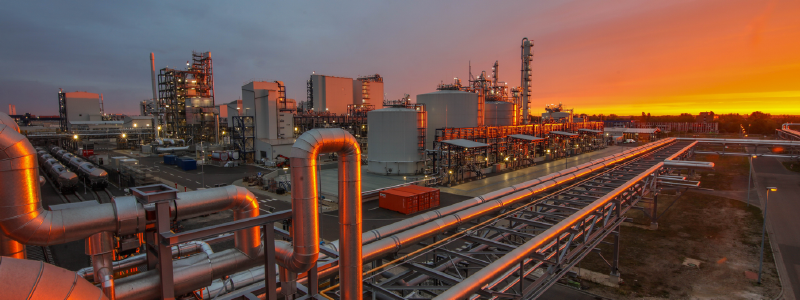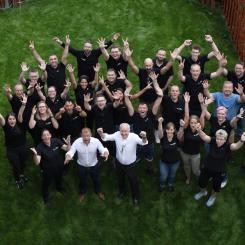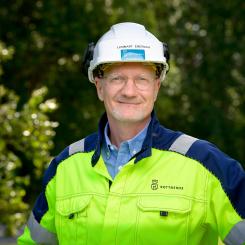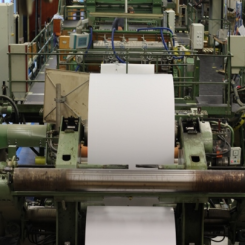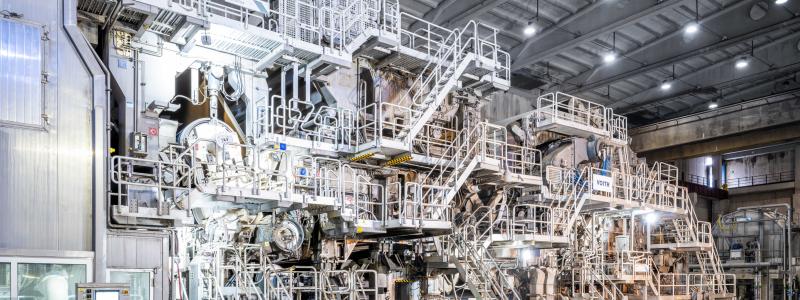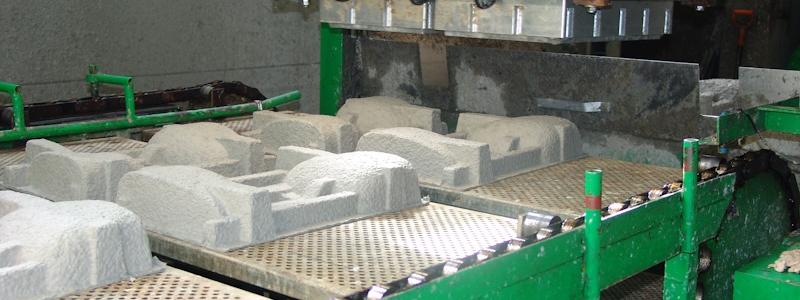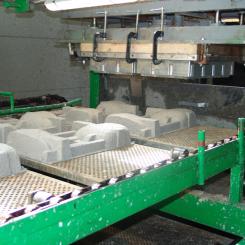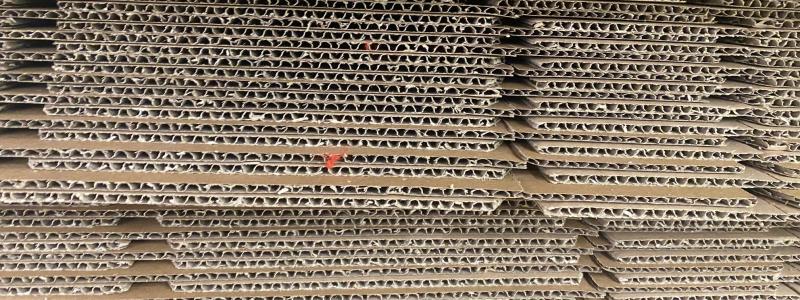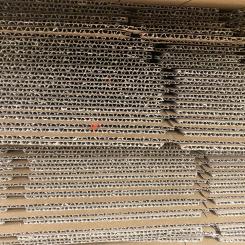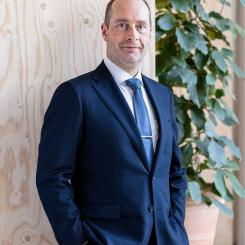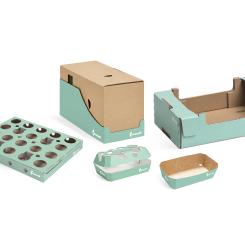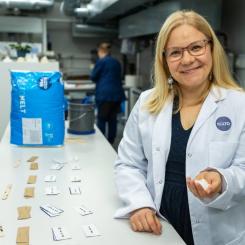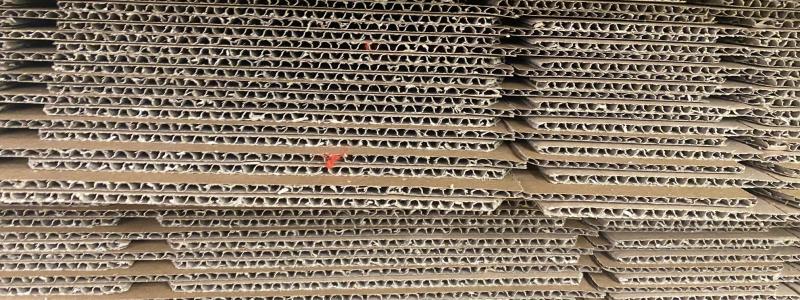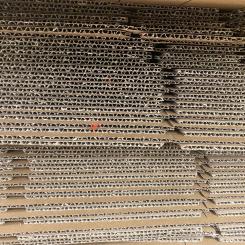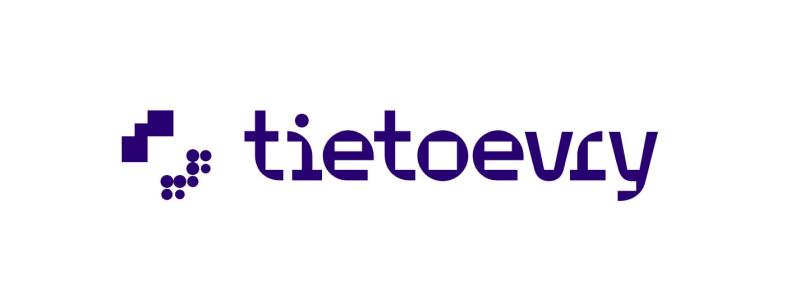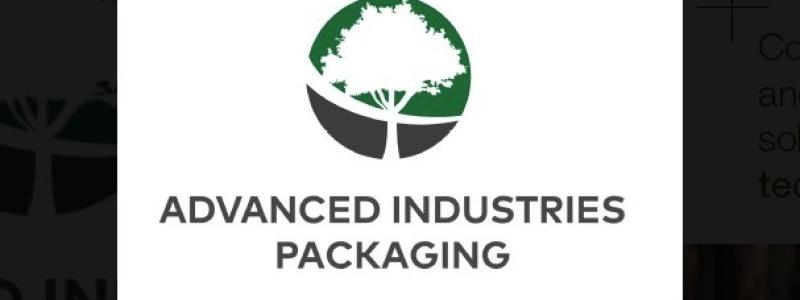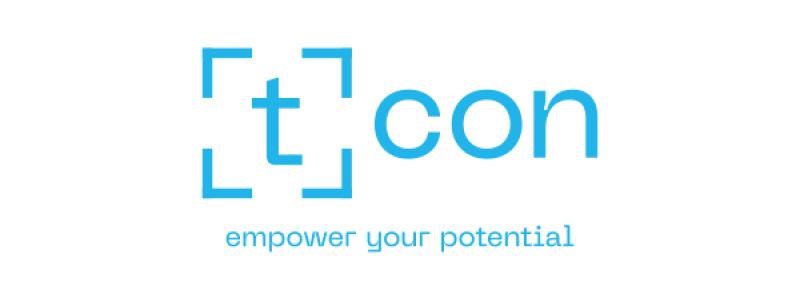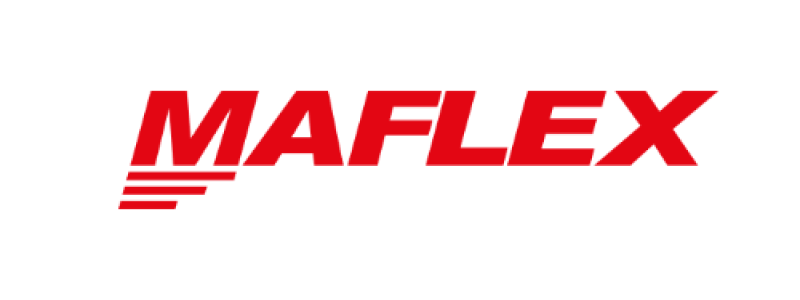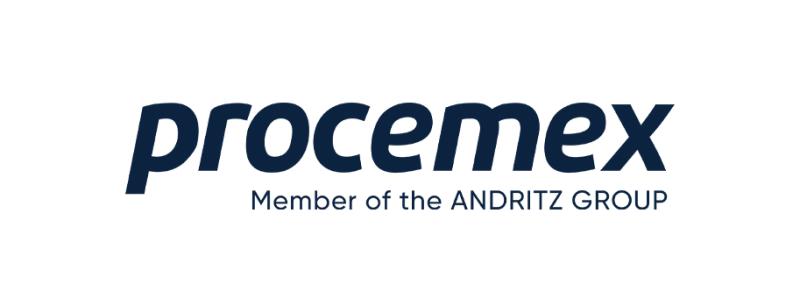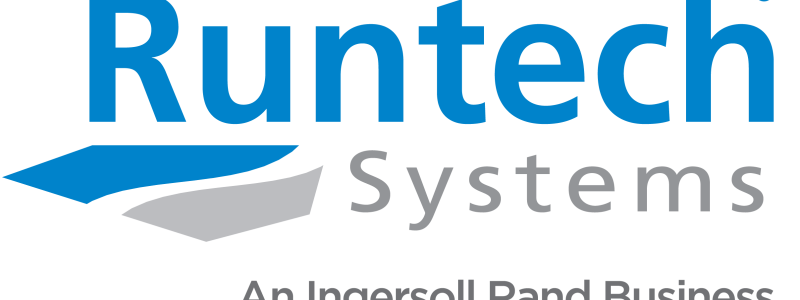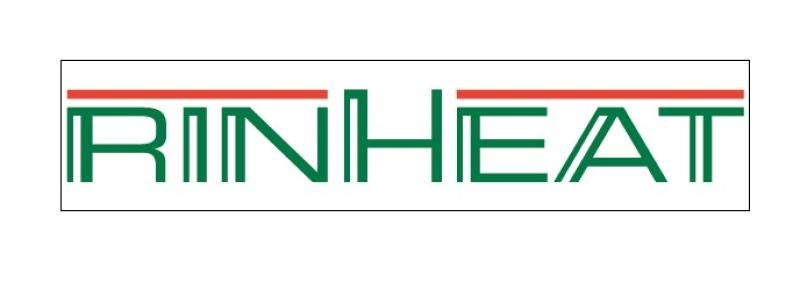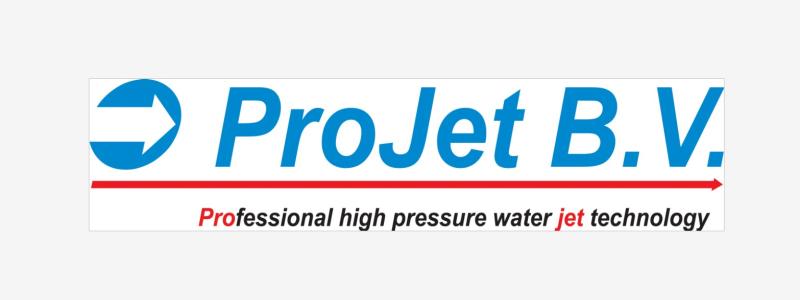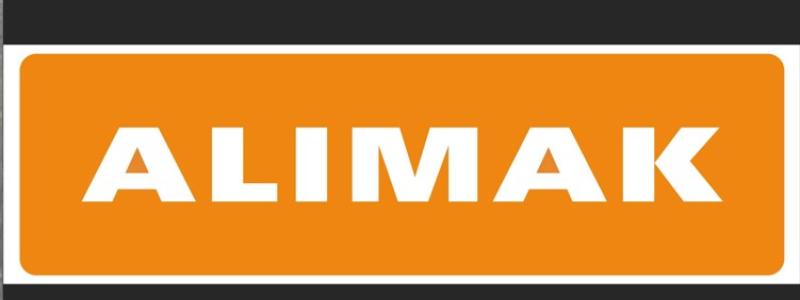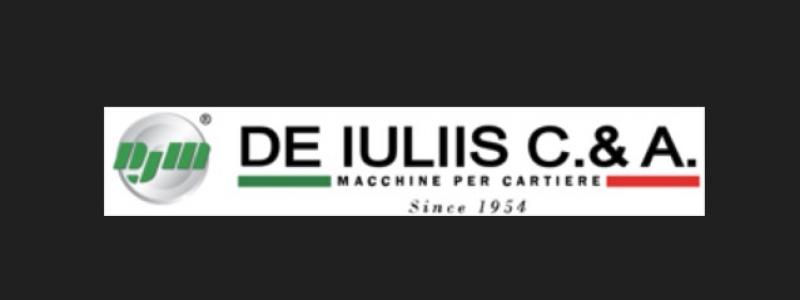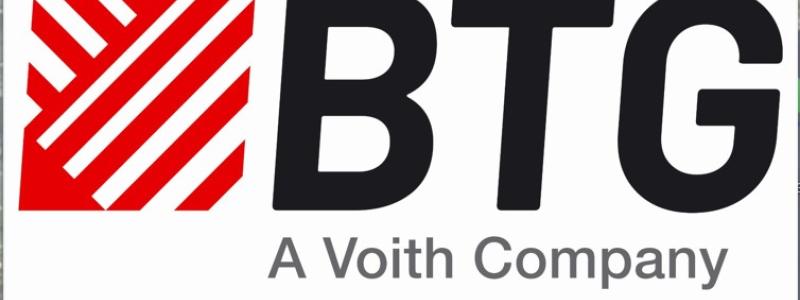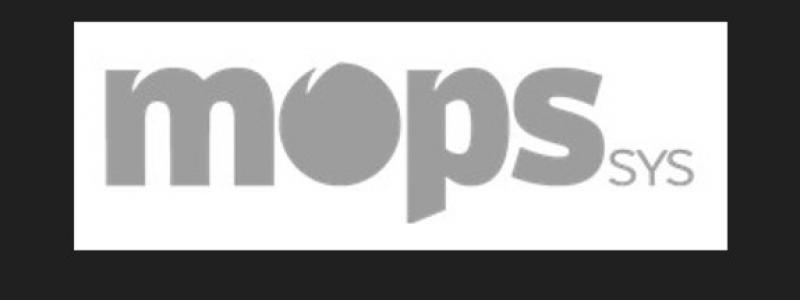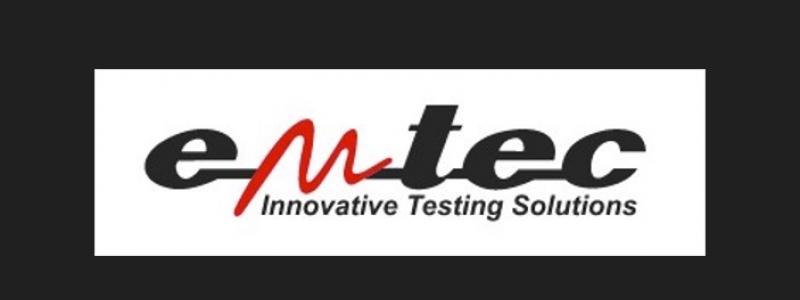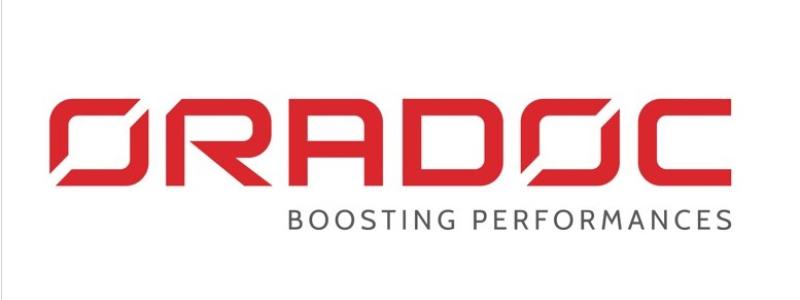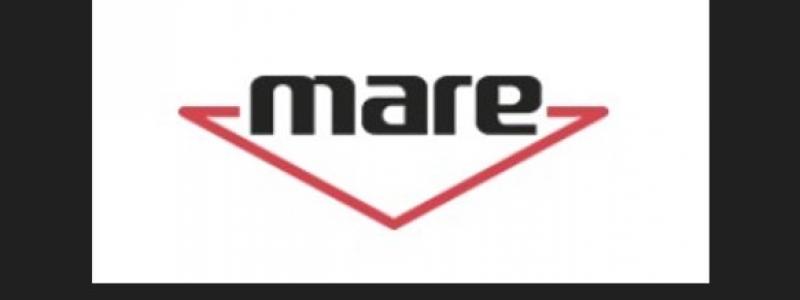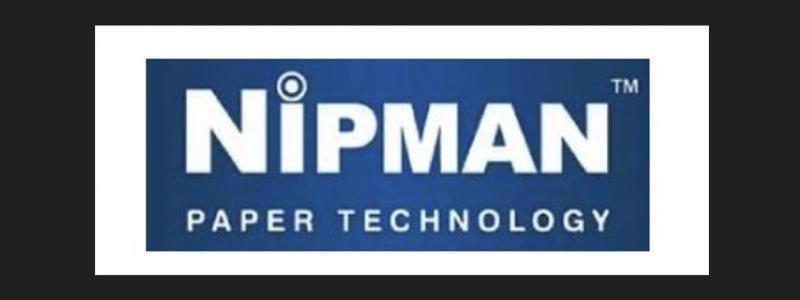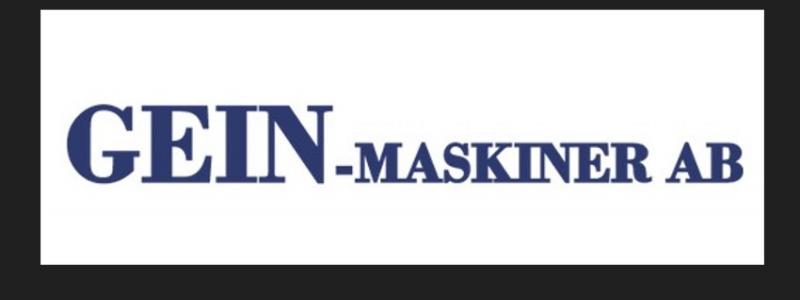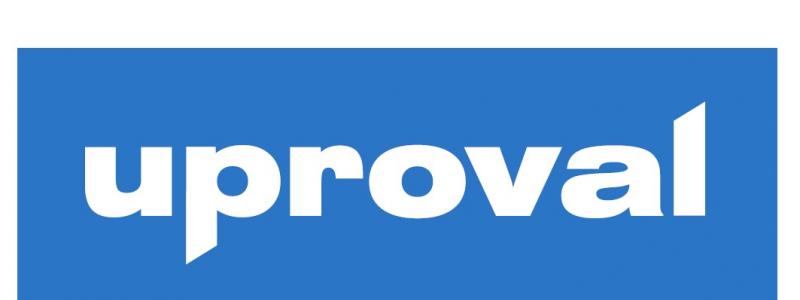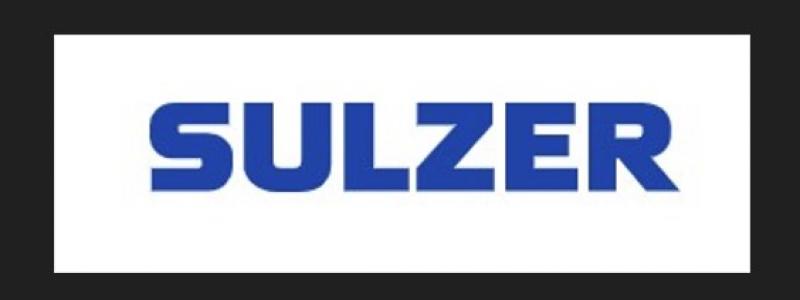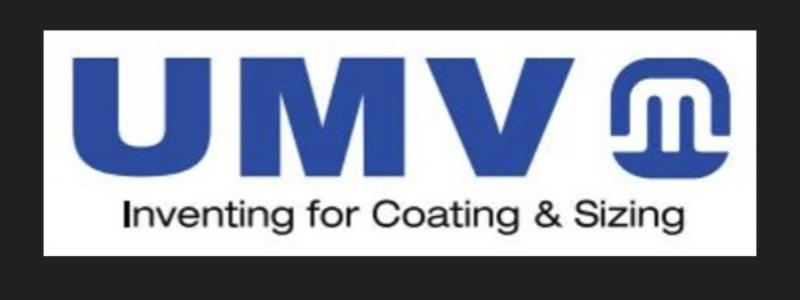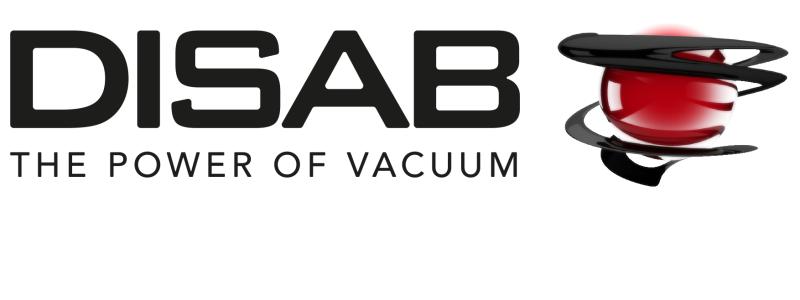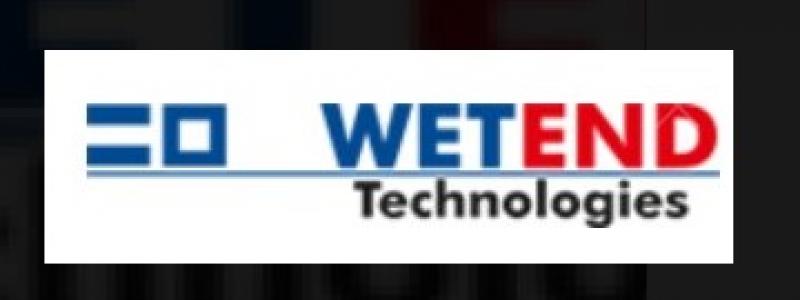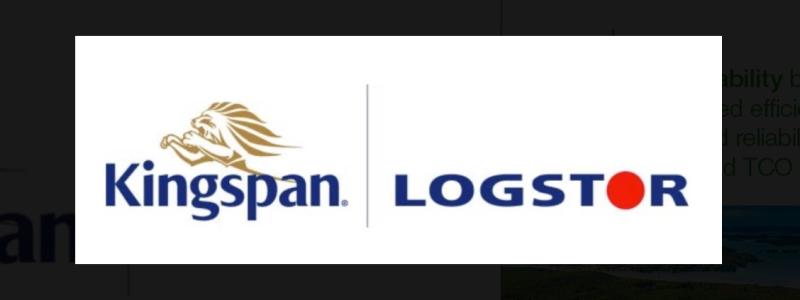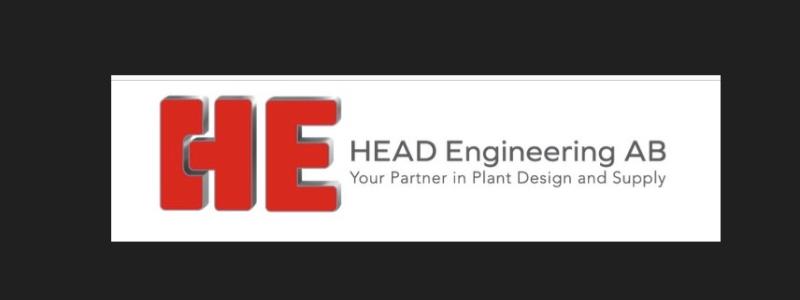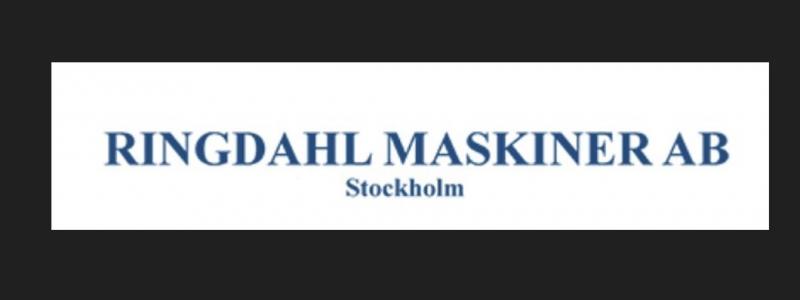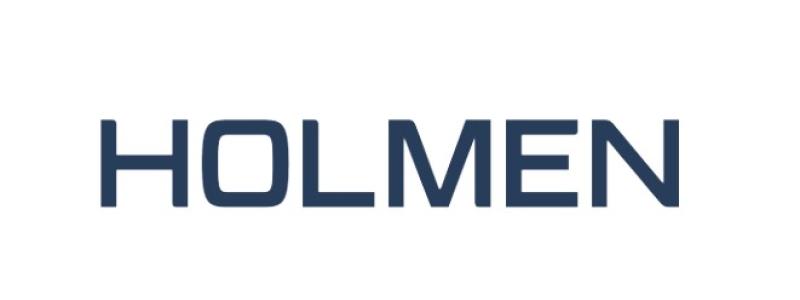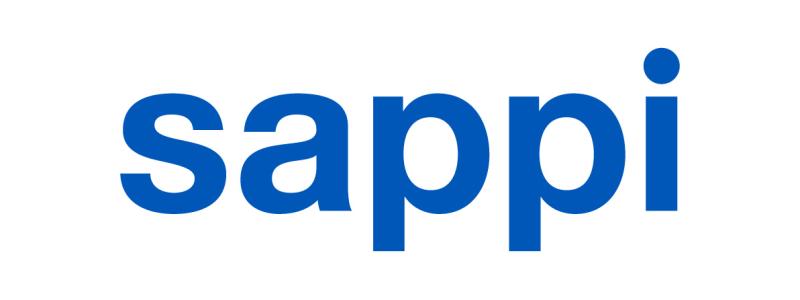Gerdau has implemented Remsoft Optimization technology to support integrated forestry planning for optimal forest formation and wood delivery to its carbonization plants.
Founded over 121 years ago, Gerdau is the largest Brazilian steel producer and one of the main suppliers of long steel in the Americas and special steel in the world. The company is also the world’s largest producer of charcoal, from planted forests in Brazil.
Gerdau has 254,000 hectares of forest base, destined for eucalyptus plantations and preservation areas. It has more than twenty carbonization plants.
To help address the high level of complexity across their forestry operations, the company is using Remsoft Optimization technology for integrated optimized forestry planning.
Using Remsoft Optimization technology has enabled Gerdau to plan its forests and wood delivery to its carbonization units in the most sustainable and competitive way possible. The Gerdau team can analyze different scenarios to maximize results, meet restrictions, minimize risks and capture opportunities.
Remsoft solutions are of great relevance to Gerdau’s forestry operations, as they consider the main assumptions of our business to optimize short, medium and long-term actions, and result in more agile and assertive decision-making,” said Rafael Botelho Andrade, Manager of Forest Planning, Logistics and Engineer of Gerdau Florestal.
“Gerdau is the largest charcoal producer in the world and factors such as geographic dispersion, wood drying time and a logistics model with intermediate and final destinations, add complexity to our supply chain,” he explains. “Through Remsoft, we’ve been able to optimize this scenario, in an integrated way, and increase our competitiveness. The solution offers guidance in future decisions and the ability to predict the implications of each action in the long term.”
Effective collaboration between the Gerdau and Remsoft team in Brazil was key to success, with implementation efficiently completed in a few months. Local training and support have enabled continuous evolution in the use of the technology, maximizing results year after year.

